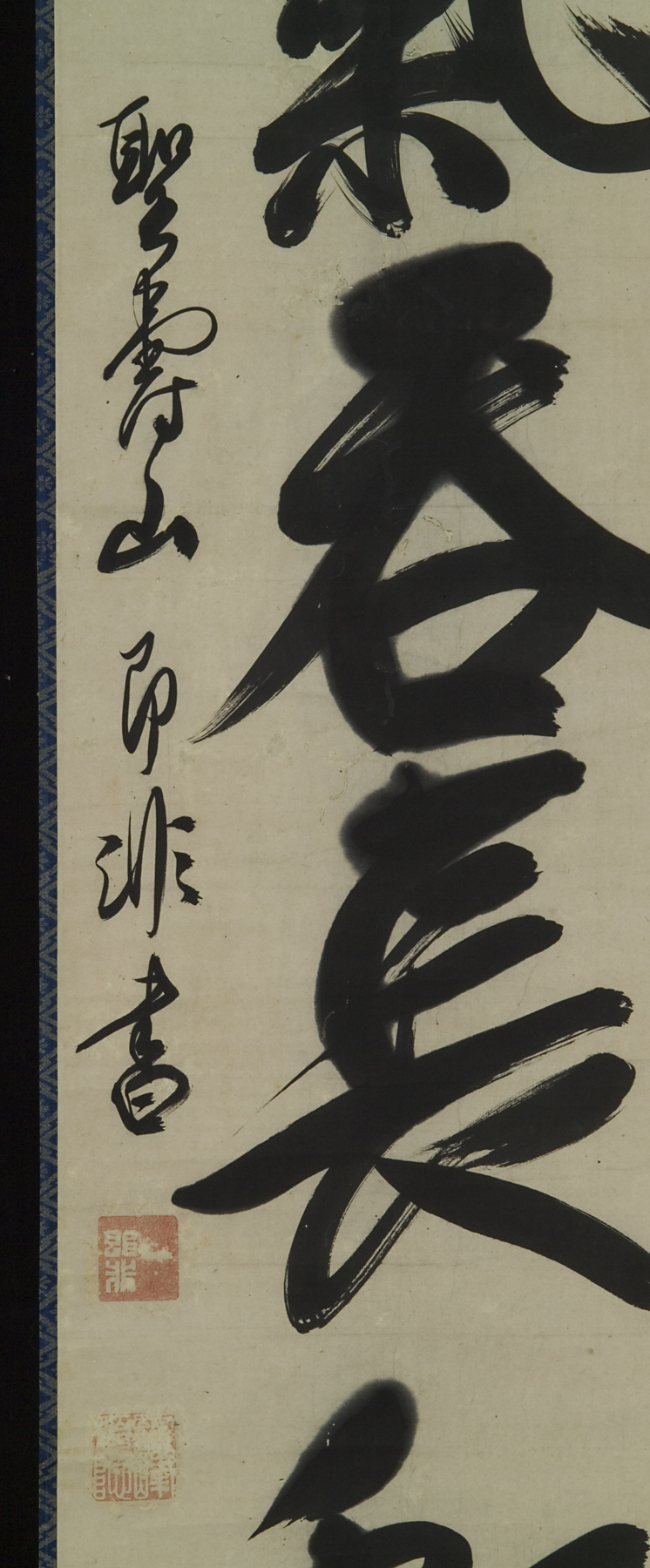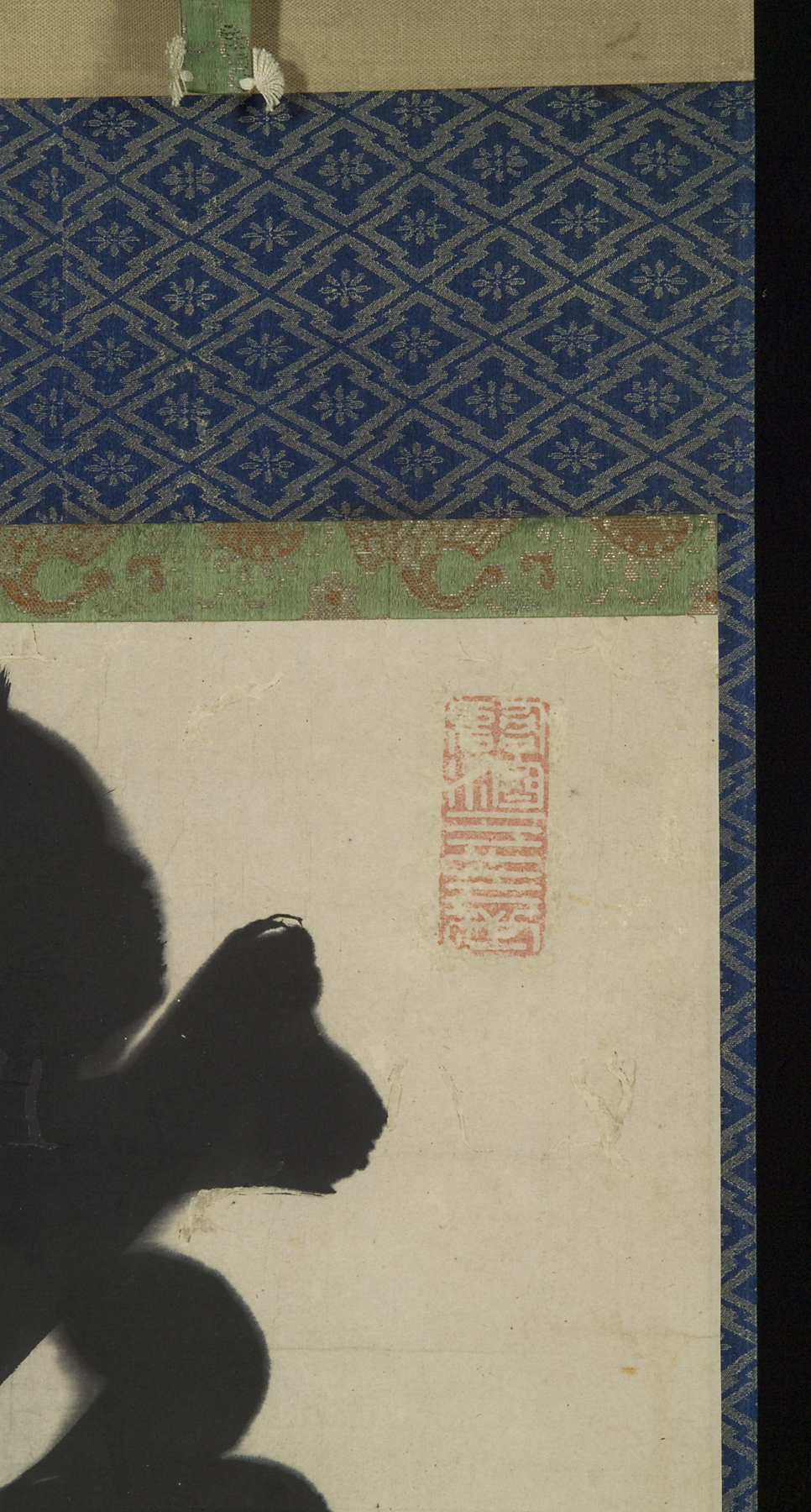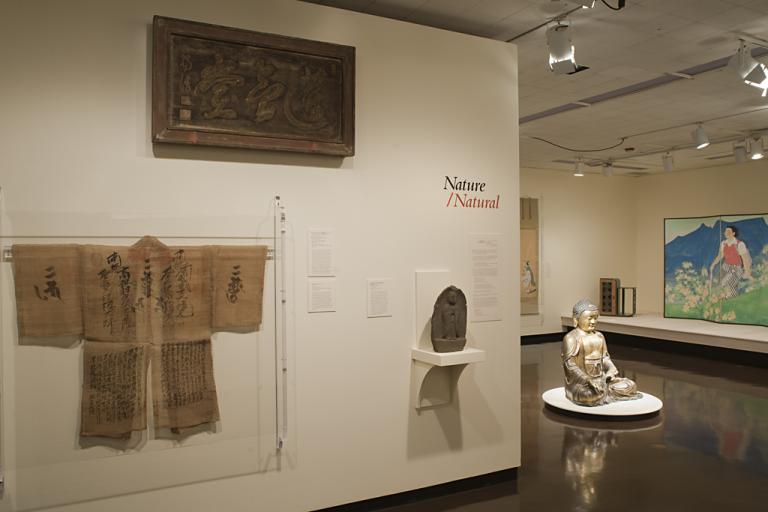An Accomplished Spirit, Jifei
Artwork Overview
Jifei, artist
1616–1671
An Accomplished Spirit,
1600s, Edo period (1600–1868)
Where object was made: Japan
Material/technique: ink; paper
Dimensions:
Image Dimensions Height/Width (Height x Width): 131.5 x 36.8 cm
Image Dimensions Height/Width (Height x Width): 51 3/4 x 14 1/2 in
Mount Dimensions (Height x Width x Depth): 215.9 x 38.5 cm
Mount Dimensions (Height x Width x Depth): 85 x 15 3/16 in
Roller Dimensions (Width x Diameter): 43.8 cm
Image Dimensions Height/Width (Height x Width): 131.5 x 36.8 cm
Image Dimensions Height/Width (Height x Width): 51 3/4 x 14 1/2 in
Mount Dimensions (Height x Width x Depth): 215.9 x 38.5 cm
Mount Dimensions (Height x Width x Depth): 85 x 15 3/16 in
Roller Dimensions (Width x Diameter): 43.8 cm
Credit line: Museum purchase: Friends of the Art Museum
Accession number: 1978.0027
Not on display
If you wish to reproduce this image, please submit an image request










